MULCHING- KEEPING THE MOISTURE IN
Mulching is defined as covering the surface of the compost after planting as a means of preventing excessive moisture loss and as a means of improving the look at the top of the container.
Mulches can be divided into two categories. Category one is when the mulch will decompose over time and therefore need replacing frequently. These mulches will eventually rot into the compost and provide an additional source of feed. Category 2 mulches are more permanent and are more attractive to look at.
The key to good mulching is to match the planting style to its container so that it will blend into the background. You do not want the mulch to stick out like a sore thumb.
TYPES OF MULCH
There are many kinds of mulches that can be used in containers, these include :
- Chipped bark (category 1 mulch) which is ideal for woodland themes, such as ferns and hostas (plants they thrive in the shade).

Bark chipping - Cocoa shells (category 1 mulch) has a similar application to chipped bark but has a superior slug and snail deterrence.
- Gravel (category 2 mulch) can be coloured to many different shades and different sizes which will match numerous planters.

Gravel mulch - Slate shards (category 2 mulch) also come in various shades that include charcoal, green, old plum. They tend to go well with modern containers such as aluminium pots.
- Pebbles (category 2 mulch) of various sizes, shapes and shaded can be used to match with the proportions of the container and the plants it contains inside. So small pebbles will suit small containers, whilst large pebbles will suit large container. This tends to be good for cordyline and other grasses.

Pebble mulch - Glass and other aggregates (category 2 mulch) also look very attractive in containers. Glass chips of different colours and other aggregates can be used in metallic containers and modern glazed pots.
- In terms of mulches cost will be a factor and if you are cash strapped then you can do without one, but you will need to water more frequently if you do not mind do it. Mulches can turn the plain to the spectacular, so think about using them.There is no right or wrong choice as what mulches to use but the rule of thumb of using category 1 mulch for traditional wooden containers, and category 2 mulches for more modern metallic and glazed containers is a good guide.
GENERAL CARE OF PLANTS IN CONTAINERS
The general care of plants in containers is dependent if you have planted annuals, which require more maintenance, or perennials such as shrubs and trees, and how much initial preparation you have done beforehand in terms of compost choice, feeding, watering and mulching.
MAINTAINING THE DISPLAY
You need to maintain the display in order to improve its aesthetics. This is done by clearing away (or deadheading as it is technically known) of spent flowers, yellowing or brown leaves, dying or dead plants and other debris. This will keep the container in tip-top condition, as long as it is done regularly. Deadheading is normally done by pinching using fingers or can be done by the use of special deadheading secateurs.

At the same time as deadheading, it is advised that you check for slug/snail damage. Aphid infestations or other pest problems, along with diseases the plant may face. One example that commonly occurs is that dry compost and humid conditions can promote powdery mildew or grey mould, which makes the plant look unsightly. Dilute milk can be used to treat powdery mildew and must be used at the first sign of the disease.
KEEP THE PLANT FIGHTING TO A MINIMAL
Some plants grow vigorously, whilst others grow at a more sedate pace. The vigorous plant will start to choke the slow grower and could kill it eventually, and so must be cut back to avoid this happening, so plants become good neighbours and not choking each other, fighting for nutrients, water, and light. You need to make sure that the plants are not shading each other, which can have a detrimental effect on the growth of plants and the blooms it produces.
RE-USE PLANTS
When you are ready to get rid of your summer display, and you are preparing for autumn/winter. You can get rid of all the annuals, but you can consider taking cuttings of stock plant of the tender perennials. If you have a cold frame or a greenhouse to keep the cuttings sheltered from frosts. You can always use ivies as a means of adding greenery to autumn displays.
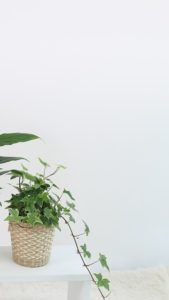
Some tender plants can be rescued and used the following year and thus saving a bob or two. This is providing that this is done before the end of September when the first frosts are due. This includes geraniums, fuchsias, Lotus, Bidens, and argyranthemums.
If you move winter bedding plants close to your house near its wall, then this will offer some frost protection and will encourage the plants to bloom. If severe frosts are predicted then move hanging baskets in warmer areas such as a greenhouse, porch or conservatory. Pots and other containers can be wrapped up in fleece of varying thickness. They must be applied at night but taken off in the morning, otherwise, the plant may overheat.
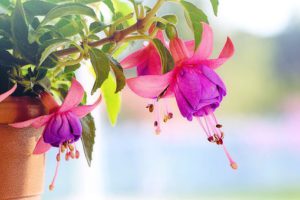
CONCLUSIONS
In this article, the use of mulches has been discussed in terms of matching the mulch to the container and plants that grow in them. The general care of plants has been discussed and the importance of keeping planting open and the importance of re-using plants in your display.
If you have any questions that you want to raise or points to discuss, please leave a comment below, and I will get back to you.
Thanks

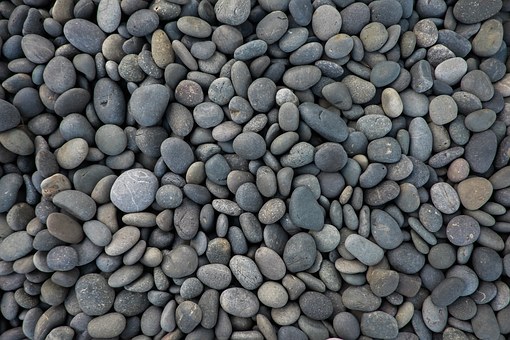

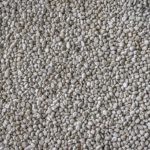
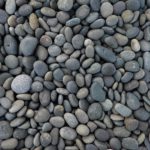
I am big into container gardening. I have just started all my spring stuff inside. I never really thought of pebbles as mulch before. I use them on my indoor plants especially to keep the soil nats from taking over. The weight of the pebbles keeps them from hatching.
Hi Ashton
It is always good to hear from a fellow container garden. Yes, pebbles look very good in containers and the benefit of acting as a water retainer is an added bonus, along with the different sizes and colours that can be used. Mulching and general plant care are all very important in saving hard jobs later down the line.
Thanks
Antonio
Thank you for this article, there was lots of new information to me. I´m not an experienced gardener, I just started growing some plants in my garden last year, now that I live in an apartment that has a garden. So far I have only planted plants to the ground in my garden, but I have some pot plants indoors. Actually I should change the soil for the pot plants, because I realized I have never changed the soil! And I have had some of the pot plants for years. This is quite bad, right?
Hi Kirsti
The answer is yes and no. As it says in the article you only need to refresh the top layer of compost every year. This is to ensure that the plants get new nutrients and will allow the roots to access new feeding sources. If you feed the plants regularly then it would benefit all plants growing in containers very well.
Keep gardening and watch this space for more relevant articles.
Thank you
Antonio